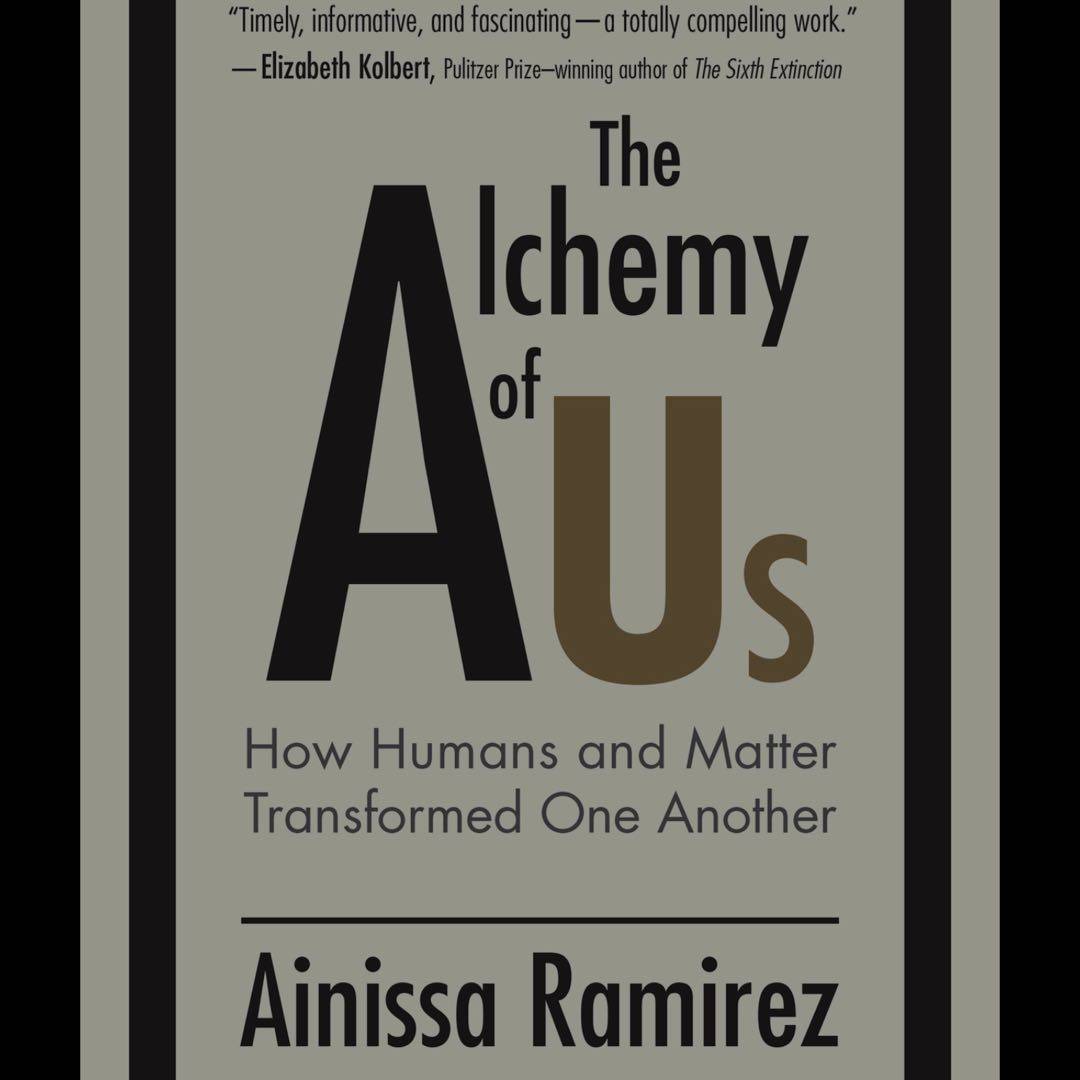
This eminently readable book about science lets the humanness behind science shine through. From the woman who literally walked the time of day to people through to modern computers. I learned so much. Science belongs to the people. ⭐️⭐️⭐️⭐️⭐️

This eminently readable book about science lets the humanness behind science shine through. From the woman who literally walked the time of day to people through to modern computers. I learned so much. Science belongs to the people. ⭐️⭐️⭐️⭐️⭐️

#nonfiction #science #humanity #representation #Feb2022 #DoubleSpin #EstherAssisting #DogsofLitsy #whpg
I admire what Ramirez attempted here and am giving it a Pick over a So-so for this aim to give humanity to science history. But I was never transported and inspired; I had too high hopes, perhaps. Yet, she has a great #PieinLit mention and she drops in Perkins mauve color (NF book by Simon Garfield) so there's that. 👇
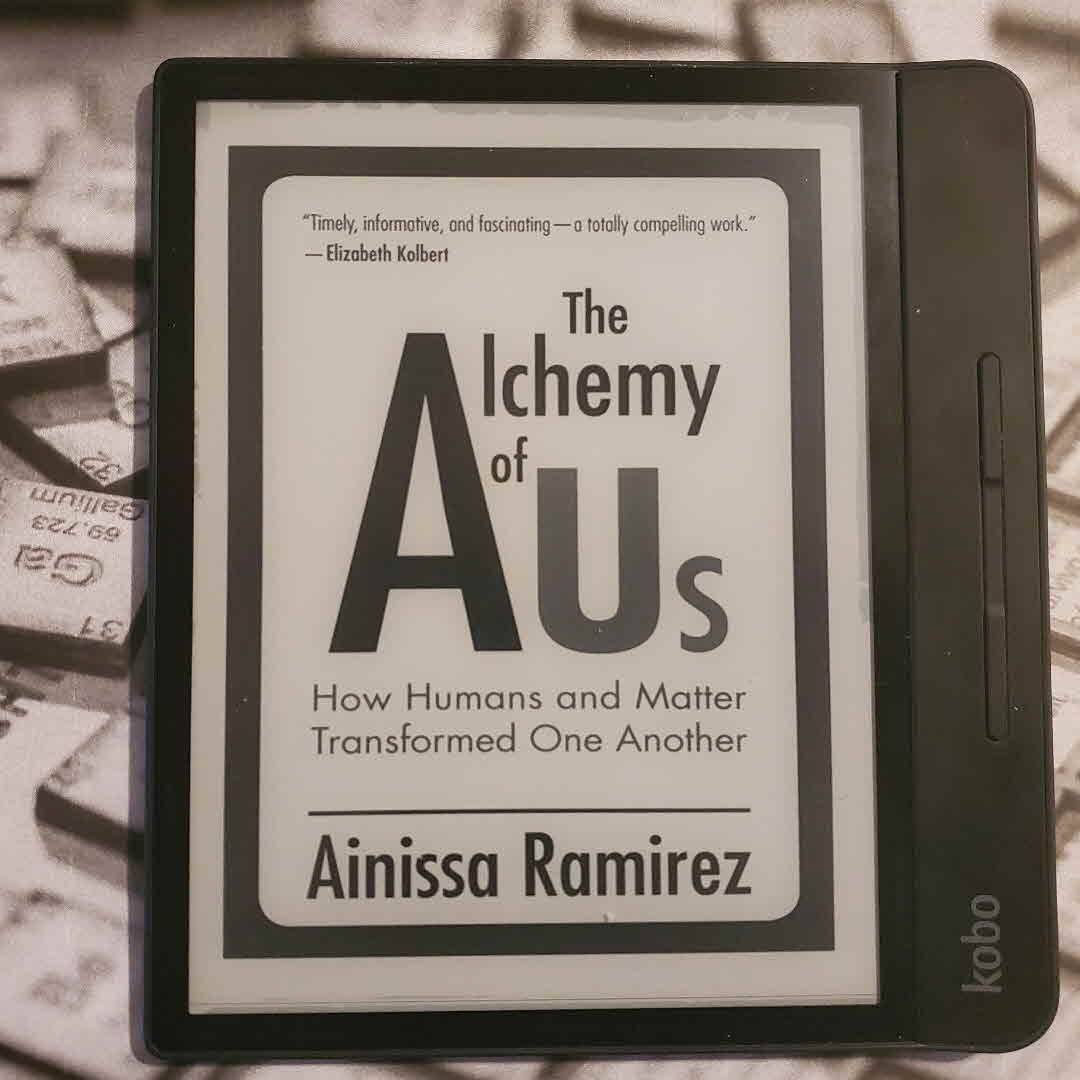
Not exactly groundbreaking; a well writtten and argued thesis about how our societal values are baked into the things we create and how those things have continued to shape our modern world.
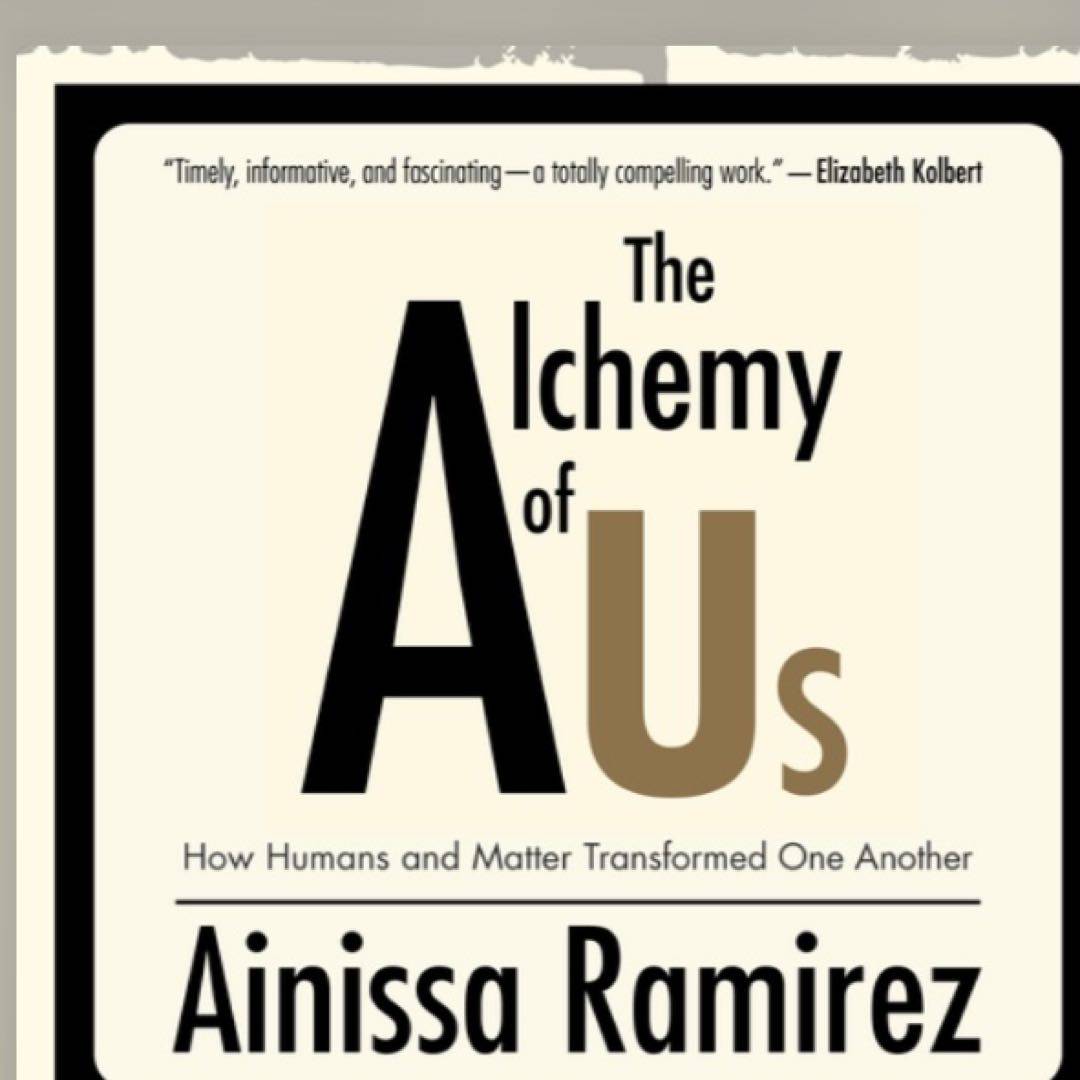
Science in am well communicated way. Not a lot of new information, but given in a very digestible way.
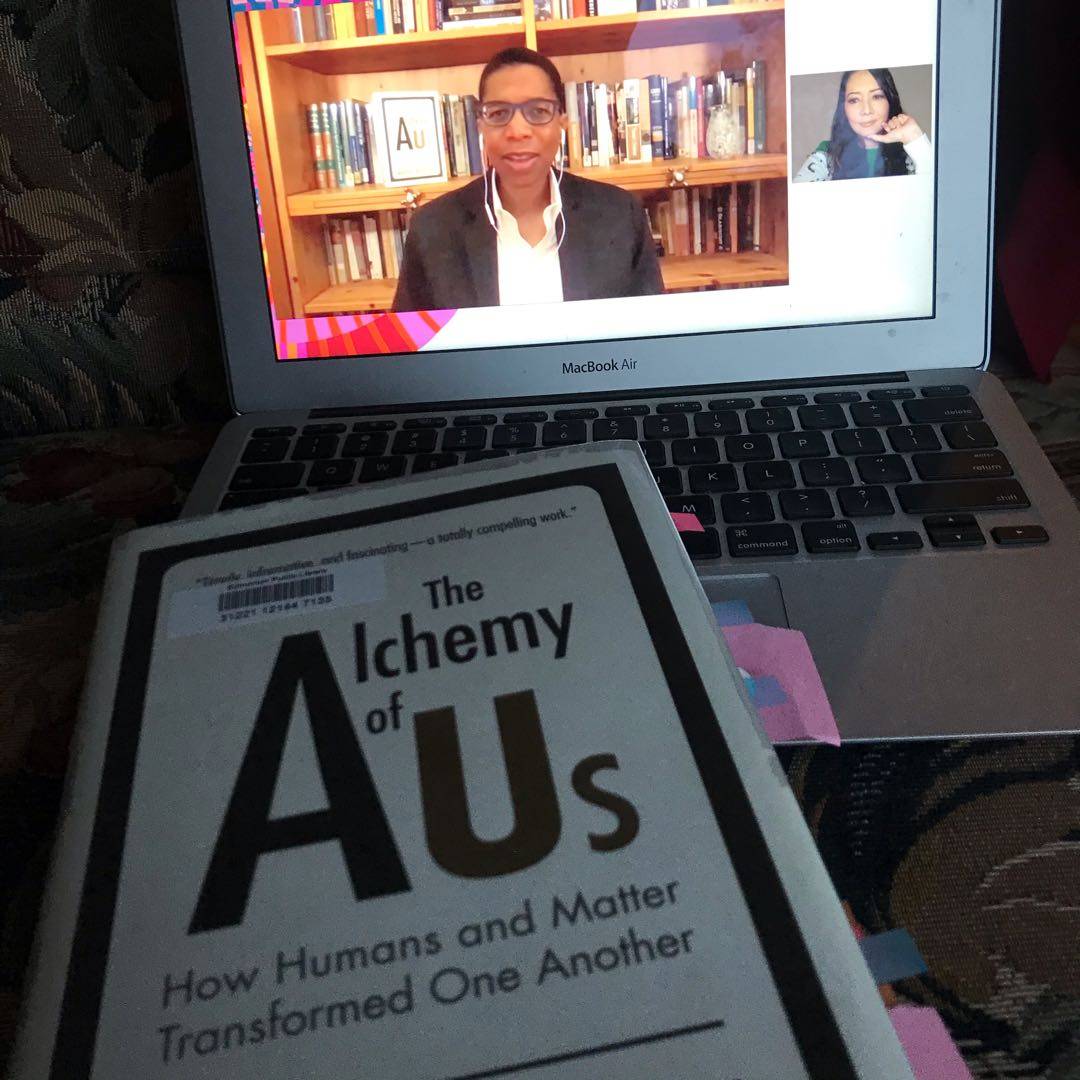
Materials scientist Ramirez uses storytelling to share her passion for science & how the things we have invented—ie quartz crystals; carbon filaments; photography—have shaped us. The telegraph, for example, shaped the way we use language. Steel railroad ties changed the way we celebrate Christmas. Technologies like transistors & computers are molding our brains. Viewing history through the lens of an African American woman makes this even better.

Toni Morrison challenged professors to re-read traditional texts of a discipline with a fresh point of view & she explained that such efforts would uncover more rather than less power, more rather than less beauty, more rather than less intellectual vigor—& subtlety. Not doing so, she warned, would lead us to the very Dark Ages. Morrison‘s speech told me that ⬇️

Edwin Land would eventually learn that scientists cannot separate their research from the application of their research and that the social sciences and the sciences, in general, work best in tandem.
[Regarding the use of Polaroid technology to control black people in South Africa. Public pressure on the company was initiated by two African American employees of Polaroid.]

To improve human health, people need to get the right type of light at the right time of day. This is not a mystical claim, but a scientific certitude. “Light is the driver of your biological clock,” said Mariana Figueiro. “It drives everything in your body.” And for that we must not look at light bulbs as innocuous objects glowing in the background, but as prime movers of human health.
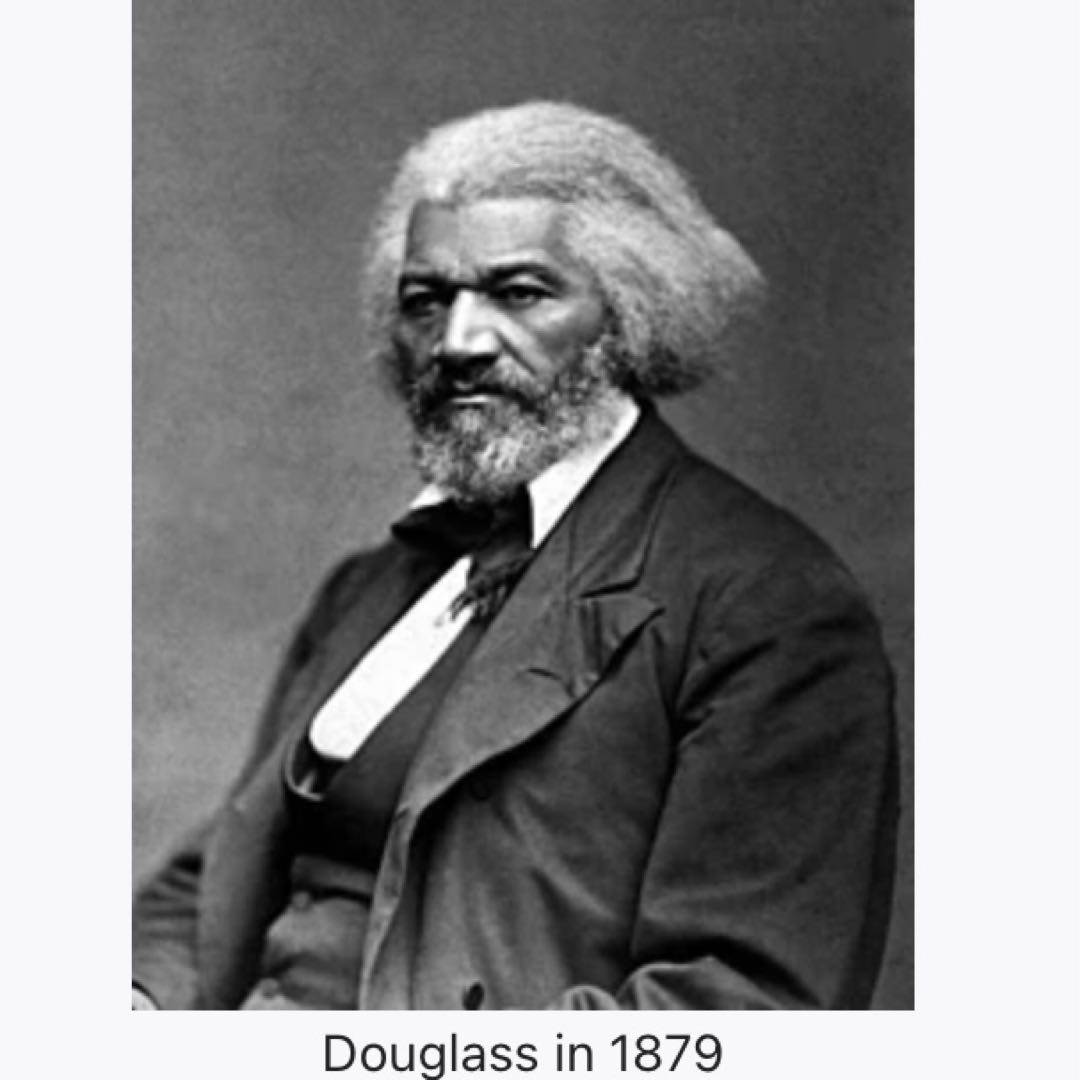
“The humblest servant girl, whose income is but a few shillings per week,” wrote Douglass, “may now possess a more perfect likeness of herself than noble ladies and even royalty.”
“Daguerre has converted the planet into a picture gallery.” These words of FD, as Frederick Douglass was called by his friends, would be prophetic about our age of social media, but what he knew in his time was that images mattered.
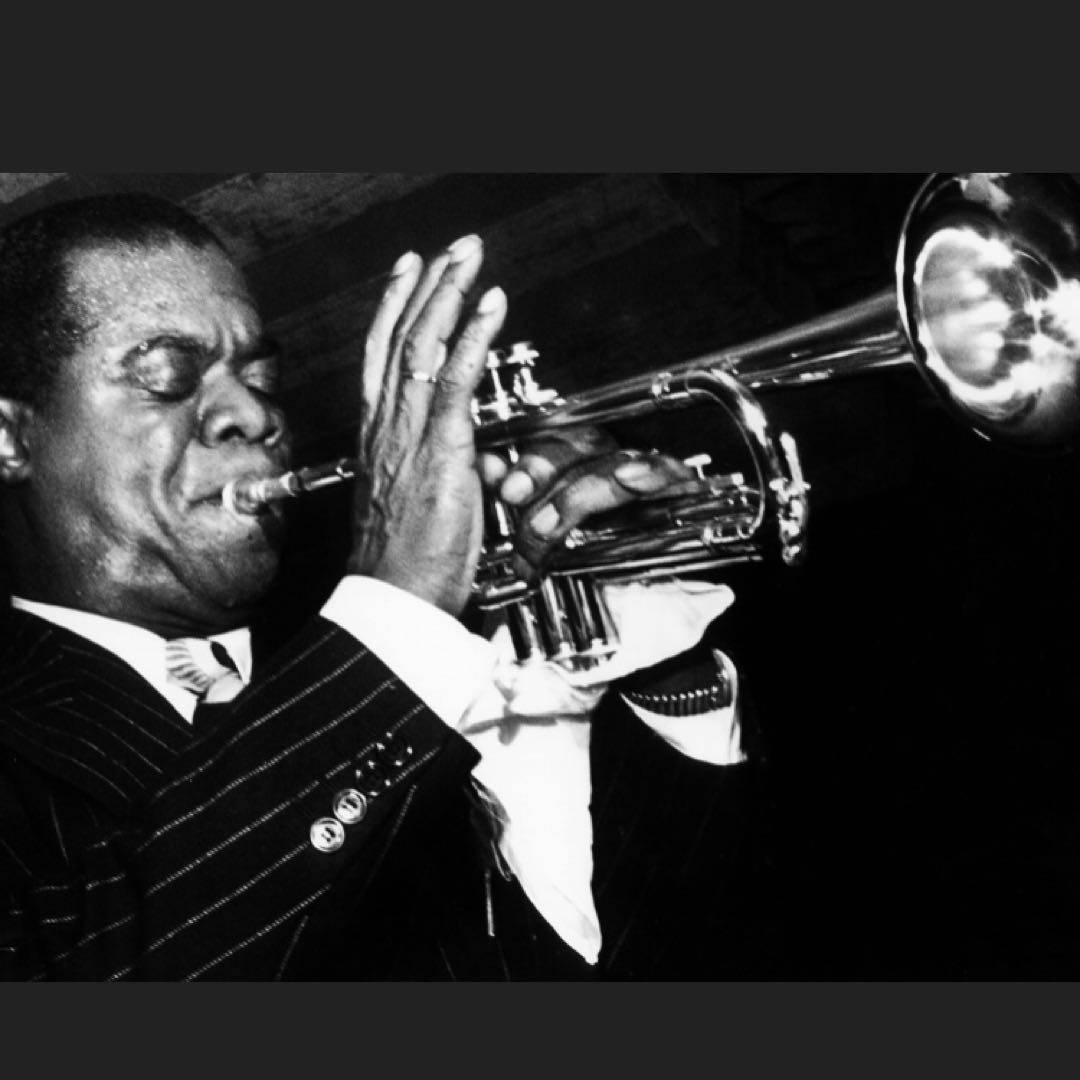
African traditions have a different sense of time. The present is to be savoured and expanded. In fact, several African languages have words for “past” and “present” but not for “future.” And, it is through this heritage that Armstrong made every note do something, allowing him to stretch the present time with his music.